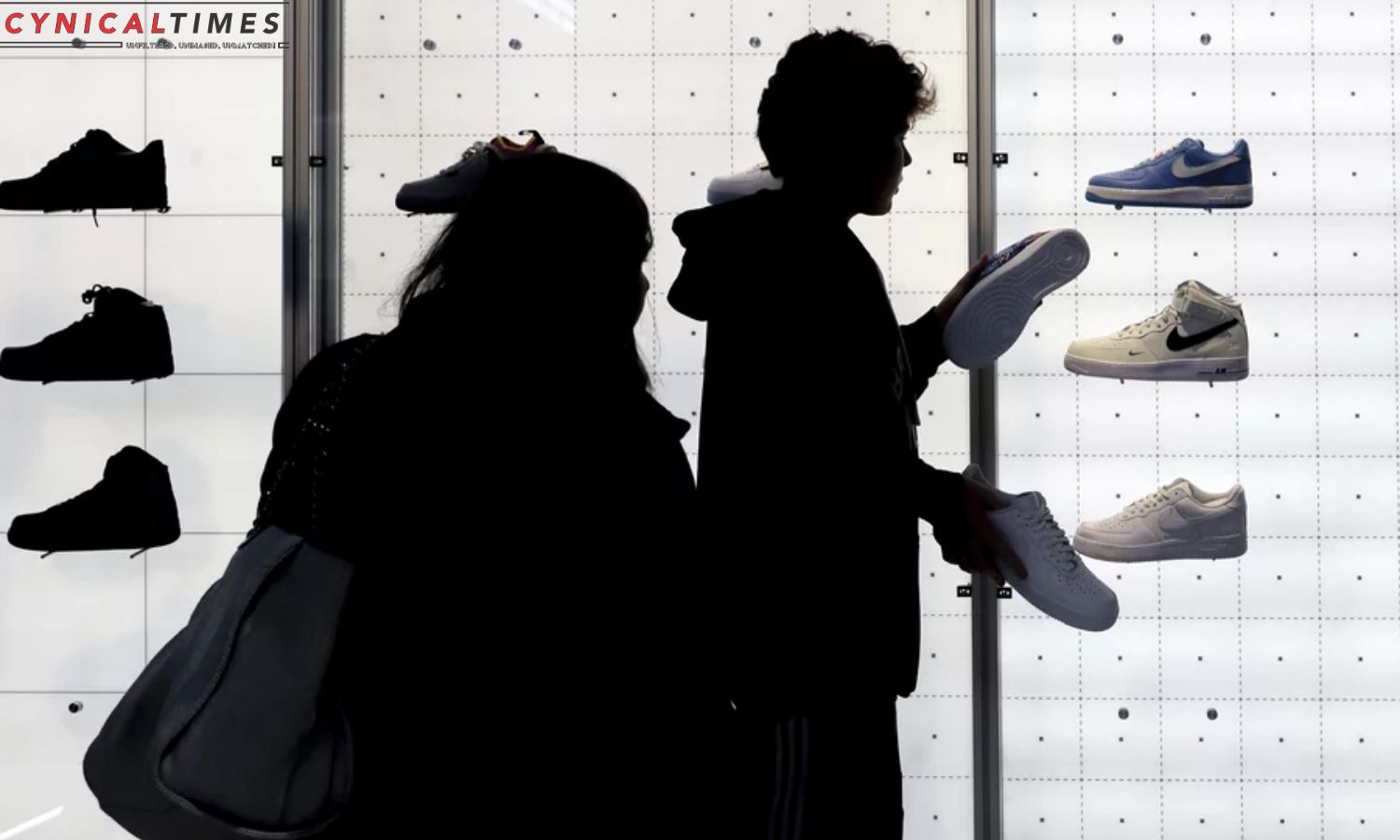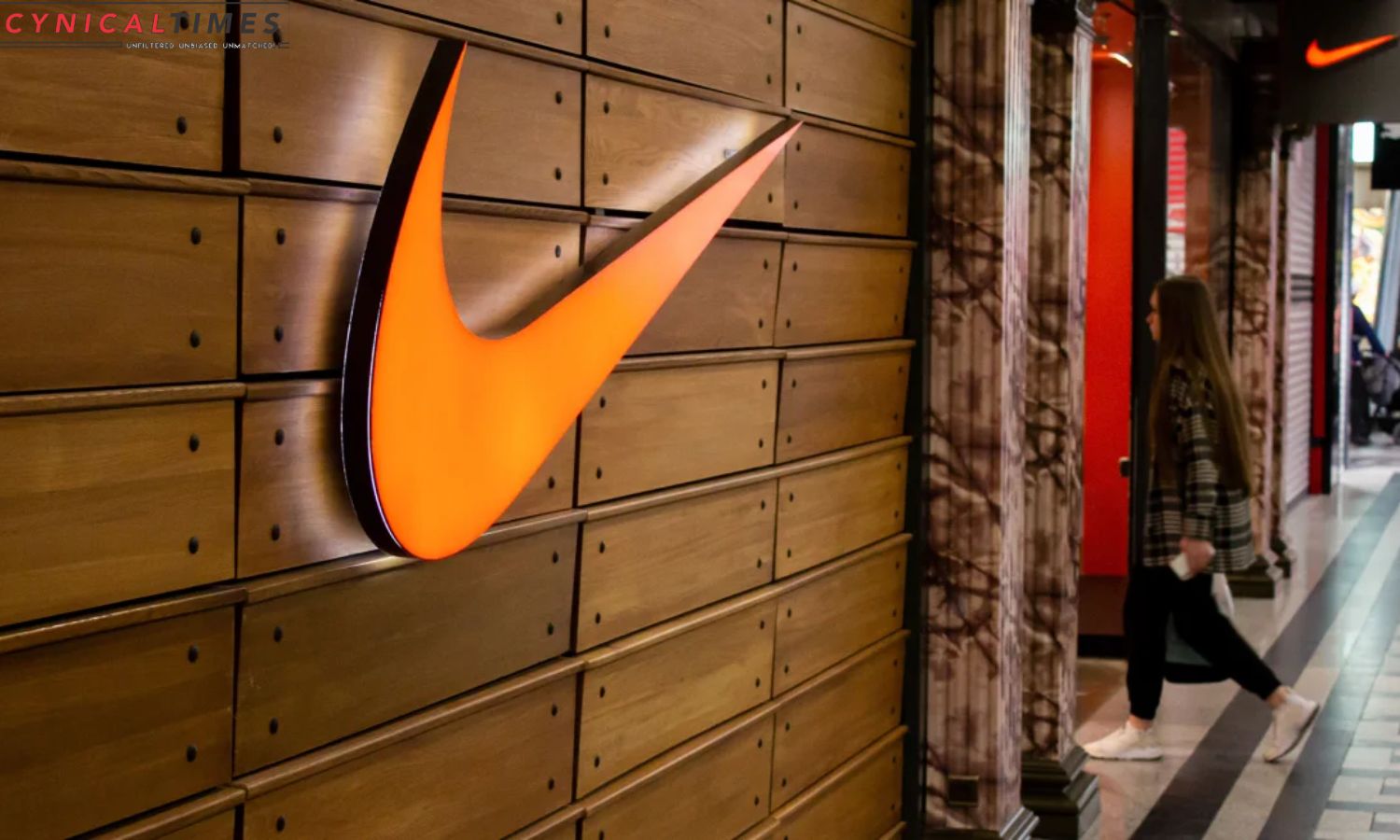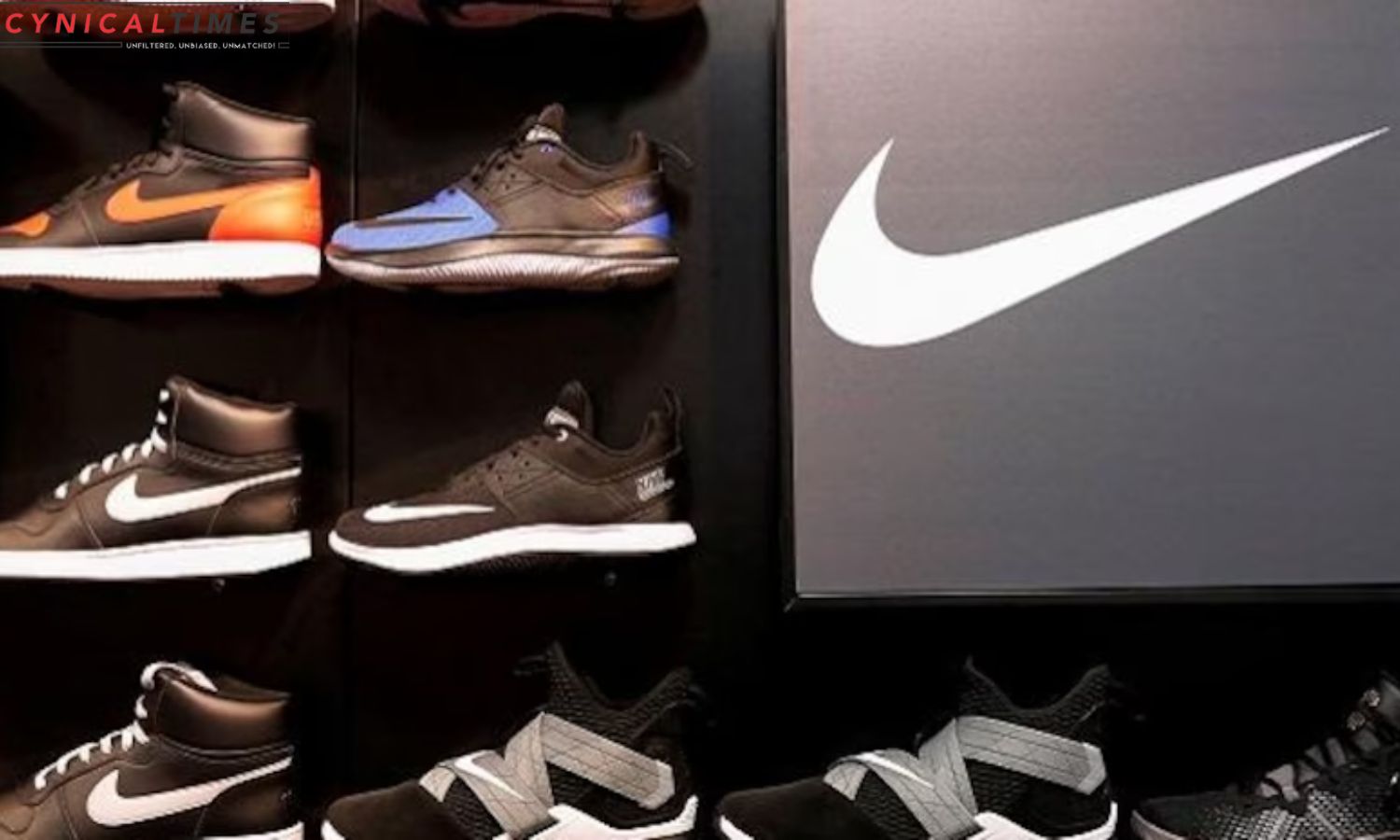Nike 2B Dollar Cost Cutting Plan: Nike, the renowned sports apparel and footwear company, has recently unveiled its aggressive cost-cutting plan, aiming to save $2 billion amidst a challenging economic climate. The decision comes as the company faces downward revisions in its annual sales projection and rising concerns over economic headwinds in key regions.
This article will analyze the market reaction to Nike cost-cutting strategy, explore potential counterstrategies, and assess the global economic impact, providing a comprehensive outlook for the future.
Key Takeaways
- Nike plans to save $2 billion over the next three years through cost-cutting measures such as layoffs and increased automation.
- The company anticipates a 1% decrease in revenue for the fiscal year ending in May 2024 due to restrained consumer spending and diminished orders from retailers.
- Concerns have been raised about economic headwinds in key regions such as China, Europe, West Asia, and Africa, leading Nike to undergo a comprehensive operational overhaul.
- In response to investor concerns, Nike aims to introduce novel styles, capitalize on successful releases, and focus on innovation to maintain a competitive edge and drive future growth.
Nike Cost-Cutting Strategy
Implementing a comprehensive cost-cutting initiative, Nike aims to save up to $2 billion over the next three years by focusing on layoffs and increased automation.
This strategy reflects the company’s commitment to adapt to the challenging economic climate and improve its overall financial performance. The decision to lay off employees suggests a strategic realignment of the workforce to streamline operations and reduce costs.
By automating certain processes, Nike aims to increase efficiency and productivity, ultimately leading to long-term cost savings. This shift towards automation also aligns with the global trend of adopting advanced technologies in manufacturing and supply chain management.
While these measures may result in short-term challenges and workforce reductions, Nike cost-cutting strategy is a necessary step to ensure the company’s sustainability and competitiveness in the market.


Downward Revision of Annual Sales Projection
In response to the challenging economic climate, Nike has revised its annual sales projection downwards, anticipating a 1% decrease in revenue for the fiscal year ending in May 2024. This downward revision is a result of restrained consumer spending and diminished orders from retailers, both in the wholesale sector and online sales. Nike’s total revenue for the quarter ending on November 30 was $13.39 billion, slightly below the anticipated $13.43 billion. The table below provides a visual representation of the downward revision of Nike’s annual sales projection:
| Previous Projection | Revised Projection | |
|---|---|---|
| Revenue | $X billion | $Y billion |
| Expected Change | – | 1% |
This downward revision reflects the challenging economic environment and highlights the need for Nike to implement a $2 billion cost-cutting plan to mitigate the impact of reduced sales.
Concerns over Economic Headwinds in Key Regions
Nike has expressed concerns over the economic headwinds in key regions, specifically China, Europe, West Asia, and Africa, which have contributed to the need for a $2 billion cost-cutting plan. These economic challenges have impacted Nike’s day-to-day sales, despite strong performance during major consumer holidays.
To address these issues, the company plans to undergo a comprehensive operational overhaul, with estimated restructuring costs of $400 million to $450 million. The concerns over economic headwinds in these key regions highlight the need for Nike to adapt its strategies and reduce costs to maintain profitability.
The cost-cutting plan will enable the company to streamline operations and improve efficiency in order to navigate the challenging economic climate. By proactively addressing these concerns, Nike aims to position itself for sustained growth and success in the future.


Market Reaction and Counterstrategy
As the news of Nike’s restructuring plan was unveiled, investors reacted swiftly, causing an 11% decline in the company’s shares during after-hours trading. This market reaction reflects investor concerns about the effectiveness of Nike’s cost-cutting plan and its ability to navigate the challenging economic climate. To counteract this negative sentiment and regain investor confidence, Nike has announced a comprehensive counterstrategy.
The company plans to introduce novel styles and capitalize on the success of recent releases such as Sabrina 1, LeBron 21, and Tatum 1 basketball shoes. In addition, Nike aims to rejuvenate sales and compete in the dynamic market by launching upcoming offerings like GT Cut, Book 1, and Kobe in the next quarter. By focusing on innovation and leveraging successful products, Nike hopes to regain its market position and drive future growth.
| Counterstrategy Initiatives | Benefits |
| Introduce novel styles | Attract new customers and retain existing ones – Differentiate Nike’s offerings from competitors |
| Leverage success of recent releases | Capitalize on market demand for popular products – Generate revenue and increase market share |
| Launch upcoming offerings | Rejuvenate sales and stimulate consumer interest – Compete in a dynamic market by offering new and exciting products |
| Focus on innovation | Maintain a competitive edge – Stay relevant in an ever-changing market |
| Drive future growth and regain position | Restore investor confidence – Position Nike for long-term success |
Global Economic Impact and Future Outlook
The challenging economic climate has had a global impact, prompting Nike to evaluate its future outlook and navigate potential opportunities and risks.
- Sluggish sales in China and segments in Europe, the Middle East, and Africa have affected Nike’s performance.
- The evolving consumer landscape, with a shift towards essential purchases and experiences, has posed challenges for discretionary items like high-end sneakers and sportswear.
- Nike’s cost-cutting measures and ability to sustain innovation and consumer appeal remain crucial in a competitive market.
Nike’s future outlook will depend on its ability to adapt to changing consumer preferences and economic conditions. The company will need to explore growth opportunities in areas such as women’s and running products, as well as leverage the popularity of its iconic Jordan brand.
Additionally, Nike’s cost-cutting plan will be instrumental in maintaining profitability and financial stability amidst the uncertain economic climate.
Conclusion Of Nike 2B Dollar Cost Cutting Plan
In response to the challenging economic climate, Nike has announced a $2 billion cost-cutting plan. This strategy includes a downward revision of annual sales projections and addressing concerns over economic headwinds in key regions.
The market’s reaction to Nike’s plan remains to be seen, but the company is expected to implement counterstrategies to mitigate the impact of the economic challenges.
As the global economy continues to be uncertain, Nike’s cost-cutting measures aim to secure its future and navigate the difficult economic landscape.
Also Read: Toyota Takes Action on 1 Million Vehicles for Airbag Defect
Our Reader’s Queries
What types of products does Nike sell?
NIKE offers a range of equipment and accessories, all under their renowned brand name. From bags and socks to sport balls and eyewear, they have everything you need to enhance your sports experience. They also provide timepieces, digital devices, bats, gloves, and protective equipment, all designed to cater to your sporting needs. With NIKE, you can rest assured that you’re getting top-quality equipment that will help you perform at your best.

